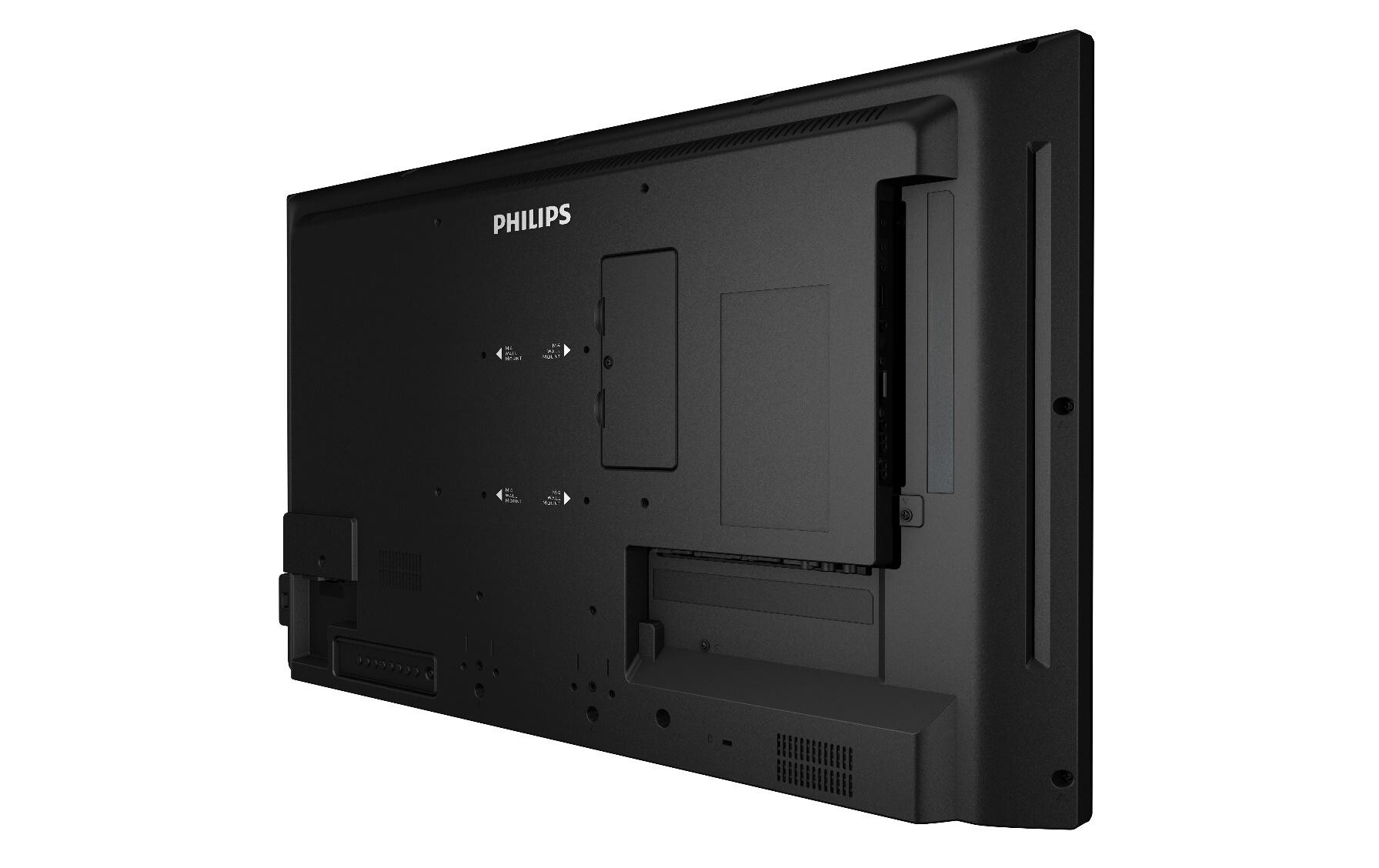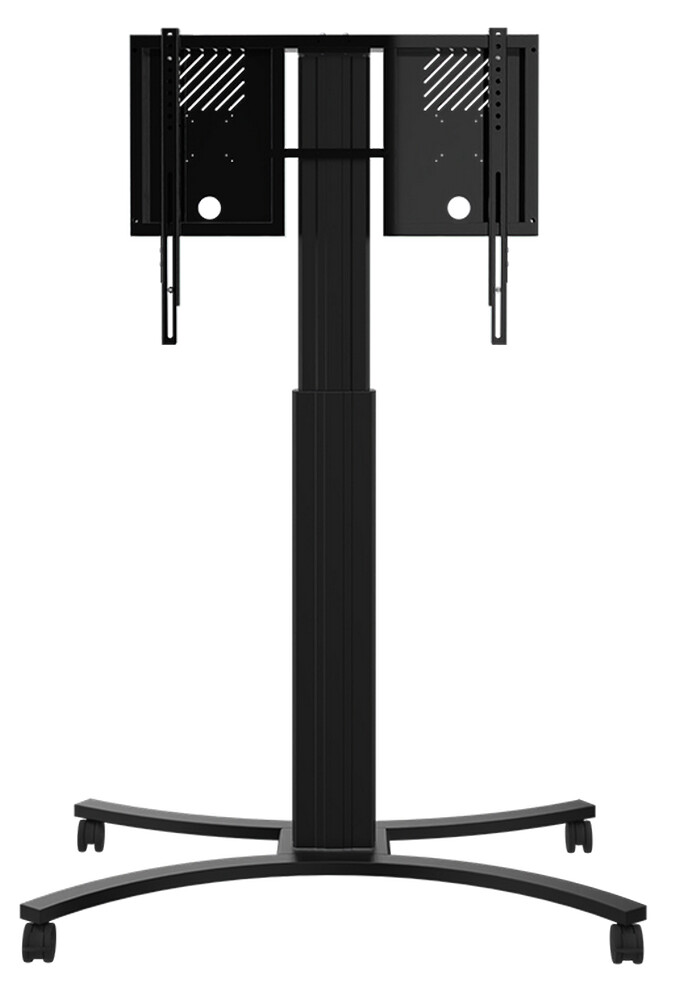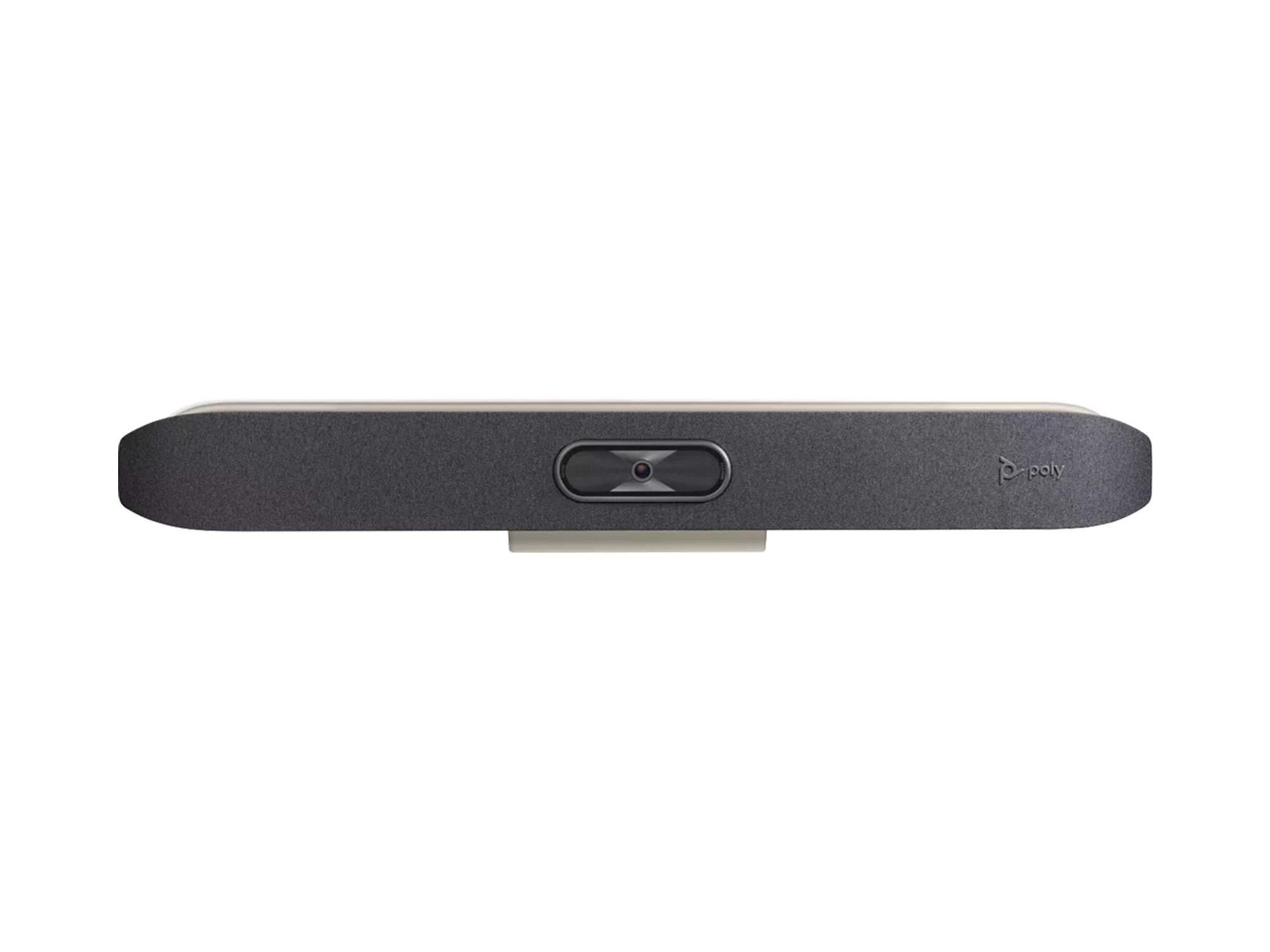































£1,383.07*
- Resolution 1920 x 1080 Full HD
- Max. Brightness 500 cd/m²
- Panel type IPS
- Contrast Ratio 1,200 :1



Frequently purchased together
Product information
More information
Get noticed with a fast Philips D-Line Professional FHD display. Philips' excellent picture quality offers realistic colours and strong contrasts. You can easily view content from multiple sources on just one screen.
Intelligent, fast 24-hour display
- 164 cm (65")
- UHD 3840x2160
- 500 cd/m²
Operate, monitor and manage with CMND & Control
Operate your monitor network via a local connection (LAN). With CMND & Control, you perform important functions such as controlling inputs and monitoring monitor status. Whether you're responsible for one screen or 100.
FailOver ensures content is always playing
Whether in a waiting room or a conference room, you'll never see a blank screen with FailOver. With FailOver, your Philips professional monitor automatically switches between primary and secondary inputs. So content continues to play even if the primary source fails. Simply set a list of alternative inputs so your content will always play.
SmartPower to save energy
The backlight strength can be controlled and preset by the system. Energy consumption is reduced by up to 50% and energy costs are significantly reduced.
Schedule what you want, when you want
Turn your USB device into a truly cost-effective digital signage solution. Simply store your content (video, audio, images) on your USB device and connect your monitor. Create playlists and programme your content from the on-screen menu. Then enjoy your own playlists anytime, anywhere.
ADS Wide Angle Screen
ADS wide angle technology allows viewing from any angle. Advanced Super Dimension Switch provides faster image processing on the display for smooth transitions of content, remarkable image accuracy and premium colour reproduction at 180-degree viewing angles.
Technical data
| Name | Philips 65BDL4511D/00 65" Display |
|---|---|
| Article number | 1000027240 |
| GTIN/EAN | 8712581778675 |
| Manufacturer SKU | 65BDL4511D/00 |
| Model name | 65BDL4511D/00 |
| Brand | Philips |
| Product Type | Non-Touch Display |
| Technology | LCD |
| Panel type | IPS |
| Resolution | 1920 x 1080 Full HD |
| Diagonal | 65" |
| Aspect Ratio | 16:9 |
| Viewing angle - Horizontal | 178° |
| Viewing angle - Vertical | 178° |
| Contrast Ratio | 1,200 :1 |
| Max. Brightness | 500 cd/m² |
| run-time | 24/7 |
| Response time | 8ms |
| Refresh Rate | 60Hz |
| Support - VESA | 400 x 400 |
| Frame width | 14.9 mm |
| Inputs | 1x 3,5mm Jack , 1x DVI-D , 1x Displayport , 2x HDMI , 2x USB-C |
| Outputs | 1x 3,5mm Jack , 1x Displayport , 1x HDMI |
| Product width | 146.2 cm |
| Product height | 83.73 cm |
| Product depth | 6.89 cm |
| Weight | 27.8 kg |
| Colour | Black |
| EEK Spectrum | A to G |
| Energy efficency class | G |
| Delivery contents | Batteries , Power cable , Quick user guide , RS232 cable , Remote control |
| Condition | New |
| Warranty | 24 Month |
| Warranty type | Bringin service Service and support information |
Product safety
| Person responsible for the EU |
|---|
| Philips Consumer Lifestyle B.V. |
| High Tech Campus 52 |
| 5656 AG Eindhoven |
| Netherlands |
| Unternehmenskommunikation@philips.com |



















